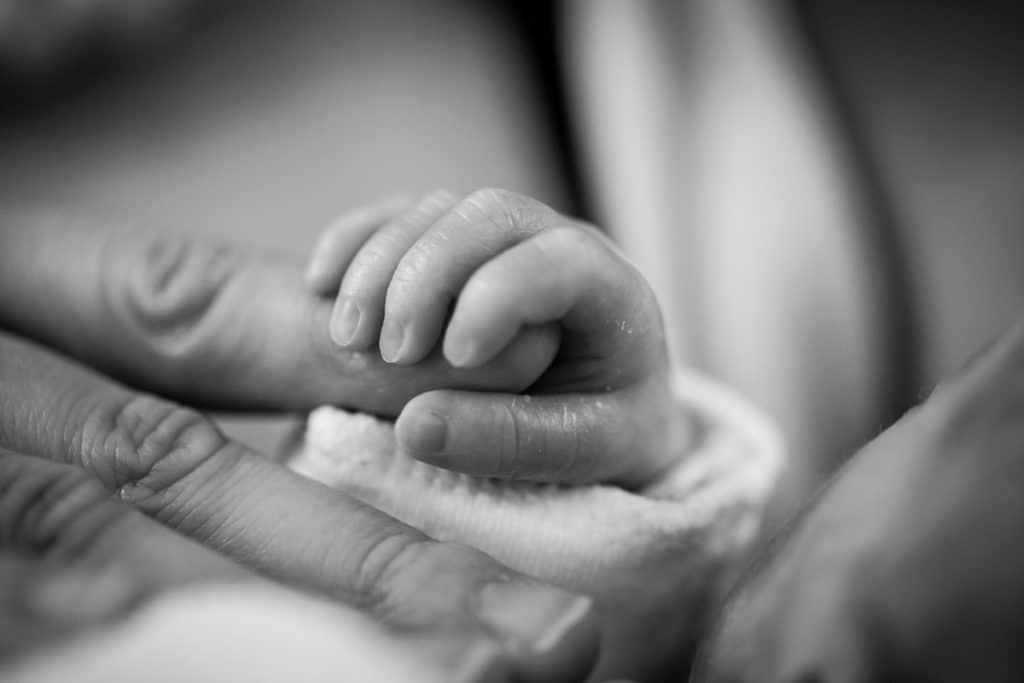Having a baby is one of life’s most precious experiences. But it also comes with some risk, especially if you or your baby has certain health problems that may cause complications. These complications are referred to as common birth injuries. Birth injuries experienced during the childbirth process are not easy to deal with. They rarely occur, but when they do, it is a cause for concern. We will help you understand the most common types of childbirth injury throughout this article.
What is a birth injury?
The term “birth injury” is used to describe any type of injury that takes place in a child during the birthing process. The common birth injuries could occur to a baby before he or she has made it into the world, during the delivery process, or as a result of an immediate medical complication after birth. Birth injuries can be caused by a variety of factors. However, if the child sustained a birth injury because of negligence from medical staff, then you can seek help from the Child Birth Injury Lawyer for legal guidance.
Birth injuries can range from mild to severe and occur at any stage of labor and birth. Various birth injury types can occur to any part of the body, but they are most common in the arms, legs, and head. Let us know about the most common birth injuries.

What are common birth injuries?
Birth injuries are injuries that a newborn suffers during birth that can have negative effects on their health and well-being. There are a few common Birth injuries types that women should be aware of. Below are 11 common birth injuries:
1. Oxygen Deprivation
Oxygen deprivation birth injury is any type of brain damage caused by lack of oxygen. Damage caused by oxygen deprivation, for example, can lead to cerebral palsy, cognitive impairment, paralysis, or seizures. Lack of oxygen during birth can lead to problems in the long run such as intellectual deficiencies, cognitive issues, and delay in development as the baby grows older. The major reason behind such brain injuries is a failure in monitoring the baby during birth or when the baby remains in the birth canal for long. Deprivation of oxygen leads to two common problems of brain damage in infants that is hypoxia and anoxia.
2. Cerebral Palsy
Cerebral Palsy is a disorder that affects body movement, muscle coordination, and balance. Cerebral Palsy is caused by damage to an area of the brain that affects movement and can be caused by several factors such as brain tumors, head injury, birth trauma, or oxygen deprivation. This type of birth injury is caused by damage to or abnormalities of the parts of the brain that control movement, balance, muscle coordination, and posture. Moreover, this condition might cause other problems as well such as eyesight issues or speaking or hearing problems.
3. Brachial Plexus
A brachial plexus birth injury is one of the most common birth injuries that can occur. This injury occurs when the baby’s nerves connecting the spine and shoulders are injured. The nerve damage can be mild or severe. If the injury is severe it can lead to complete paralysis in the baby. This nerve injury affects the baby’s arm. It can be caused by compression of the nerve or stretching of the nerve. Also, if the mother has very long labor, then there are chances of brachial plexus injury in the baby.
4. Facial Paralysis
Facial paralysis is a facial nerve injury that can occur either before, during, or after birth. Facial paralysis can occur when the facial nerve is compressed in the birth canal and can lead to noticeable changes in how a child’s face looks. There are many causes of birth injuries of the facial nerve(the seventh cranial nerve) injury during birth, and the most common cause is pressure on the baby’s head as it passes through the birth canal. The damage in the nerve leads to paresis or paralysis of the muscles of one-half of the face.
5. Cephalohematoma
A cephalohematoma is a collection of blood under the periosteum or infant’s skull. It often shows up on the top of the head where the parietal bones attach. Cephalohematomas can occur when there is an extreme force placed on the infant’s head during delivery. There can be various reasons that cause increased pressure on the fetal head and lead to Cephalohematomas. The injury can be very minor or extreme, including bone fractures, brain damage, and death. The condition is usually painless, but it can cause problems if it’s not properly monitored or treated.
6. Bone Fractures
A small percentage of fractures of the clavicle (collarbone), ribs, and long bones in newborns is due to birth injuries. The rate of birth injuries that cause a fracture is lower than that of other injuries during pregnancy, labor, or delivery. The major cause behind these Types of Child Birth Injury is the negligence of medical professionals or improper use of instruments during the delivery. There are various types of fractures and they can occur in any bone, but the most commonly affected are the collarbones fracture. However, in many cases, these fractures generally heal on their own.
7. Spinal Cord Injuries
A spinal cord injury is a physical injury that disrupts the connection between the brain and the rest of the body, causing problems with sensation, movement, balance, and other bodily functions. Spinal Cord Injuries during birth occur when the child is pulled from the birth canal too quickly. When the baby’s neck is pulled or twisted during the delivery, or a tool is used improperly by the doctor to remove the baby from the birth canal causes damage to the spinal cord or nerves. As a result of a damaged spinal cord, muscle function, and sensation change either permanently or temporarily.
8. Caput Succedaneum
Caput Succedaneum is a bulging of the scalp over the periosteum, which is a common and normal condition during vaginal delivery. The caput succedaneum is caused by pressure on the scalp during delivery. Even though there are a number of causes of birth injuries of this swelling, it’s common and nothing to be worried about. Long labor with difficult pushing or use of vacuum suction leads to this condition. Generally harmless, a caput succedaneum can remain for several weeks following birth and requires no treatment unless it becomes infected.
9. Bruises
Bruising is common after delivery and can be caused by a number of reasons. As witnessed, bruising generally takes place when the baby passes through the birth canal. There are more chances of bruises when forceps or vacuum extractions are used for the birth of the baby. In many cases, the bruising goes away itself in few days. However, a severe case of bruising during birth might lead to higher chances of jaundice. Bruises are also called forceps marks typically when forceps are used during the delivery.
10. Perinatal Asphyxia
Asphyxia is a condition in which the supply of oxygen is cut off from the brain for too long. This can happen before birth, during difficult labor or delivery, or in the minutes after birth. It is a type of birth injury that can affect newborn babies during the birthing process, and it can cause a variety of problems in the baby, ranging from mild to severe. Babies who suffer from perinatal asphyxia injuries are also at risk of developing cerebral palsy, suffering stroke-like symptoms, and even losing their lives.
11. Intracranial Hemorrhage
Intracranial hemorrhage injuries occur when there is bleeding within the brain of the baby due to a broken blood vessel. It occurs most frequently in newborns and is usually directly related to complications during delivery or to the baby’s health before birth. Many factors lead to this condition in babies and the location of bleeding depends on the cause majorly. It is noted that intracranial hemorrhage is more common in premature babies. Difficulties in feeding, lethargy, neonatal seizures are some of the common symptoms of this injury.
What Causes Birth Injuries?
Birth injuries can occur for a number of reasons. Some birth injuries are so subtle that they go unnoticed for years, while others are immediately obvious and can be life-altering. Here are some causes of birth injuries:
Prolonged Labor
Difficult labor is a term used to describe a woman’s labor that progresses more slowly than expected or is complicated by factors that may make it harder to push the baby out. Not only does this condition put the mother and child at risk, but leads to birth injuries in the baby.
Premature Delivery
A premature baby is born before reaching 37 weeks of gestation. Premature babies often have a number of health problems to overcome, both during and after birth. Some of the most common problems involve respiratory issues, especially when premature delivery happens before the end of the second trimester.
Medical Negligence
In many cases, birth injuries are the result of medical negligence and may involve inadequate or delayed prenatal care, birth trauma, or improper use of obstetric forceps or a vacuum extractor. In such situations, a Child Birth Injury Attorney can help you to take legal actions against the medical personnel.
Maternal Health Issues
There are some types of childbirth injury that are caused by health issues related to the mother. For example, if the pregnant woman is suffering from gestational diabetes that there are high chances of premature birth or stillbirth.
Conclusion:
Birth injuries are more common than most people think, and they can range from minor issues that heal on their own to major injuries that may require extensive care. Several birth injuries can happen during the normal course of childbirth. These injuries can occur at all stages during labor, delivery, and the postpartum period. Knowing about these common birth injuries is important for parents so that they can be prepared and act accordingly.









